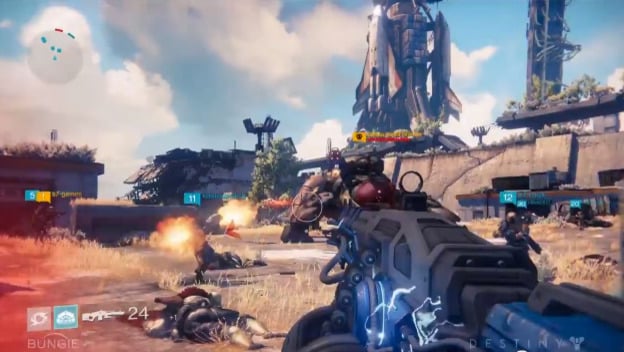It never fails–be it E3, PAX, or any other public outing for an online-focused game–the presentation is always the same; four “strangers” get together for a session, and make their way through a vertical slice of the game. Their banter is “in character,” everything plays out exactly as it would in a big-budget film or TV show, and it ends with whoops and hollers of success. While it makes for a great visual presentation, a staged multiplayer demo only serves to show how much potential the average multiplayer experience can have, and yet very little of that potential is ever fully realized.
What is presented in a professional demo as, “I’ve got two bogies coming up on my right” is often realized by the average group of players as, “Shoot those guys over there! No, over there! THERE! I’m pointing my gun right at them, are you blind?!?”
It begs the question, is it possible to produce a gaming experience with merit and substance that affects not just one person on a meaningful level, but several all at once? Imagine if those stage demos were reflective of what the actual experience would be like. Imagine if a game with a story as effective and moving as something like Last of Us could be translated to a multiplayer experience.
That’s where I feel like multiplayer should be headed; transformative experiences for larger groups, as opposed to just an individual.

There’s precedent for this in other media, we just haven’t made the connections. Dozens of people will cram into a theater together to laugh and cry their way through the latest big release. Fans of a show will hold screening parties at each other’s homes. All we as an industry need to do is figure out how to transfer that energy and storytelling into the medium of games.
Fingers crossed, I’m not one for multiplayer, but something along these lines could change that if these possibilities and ideas were ever realized.
